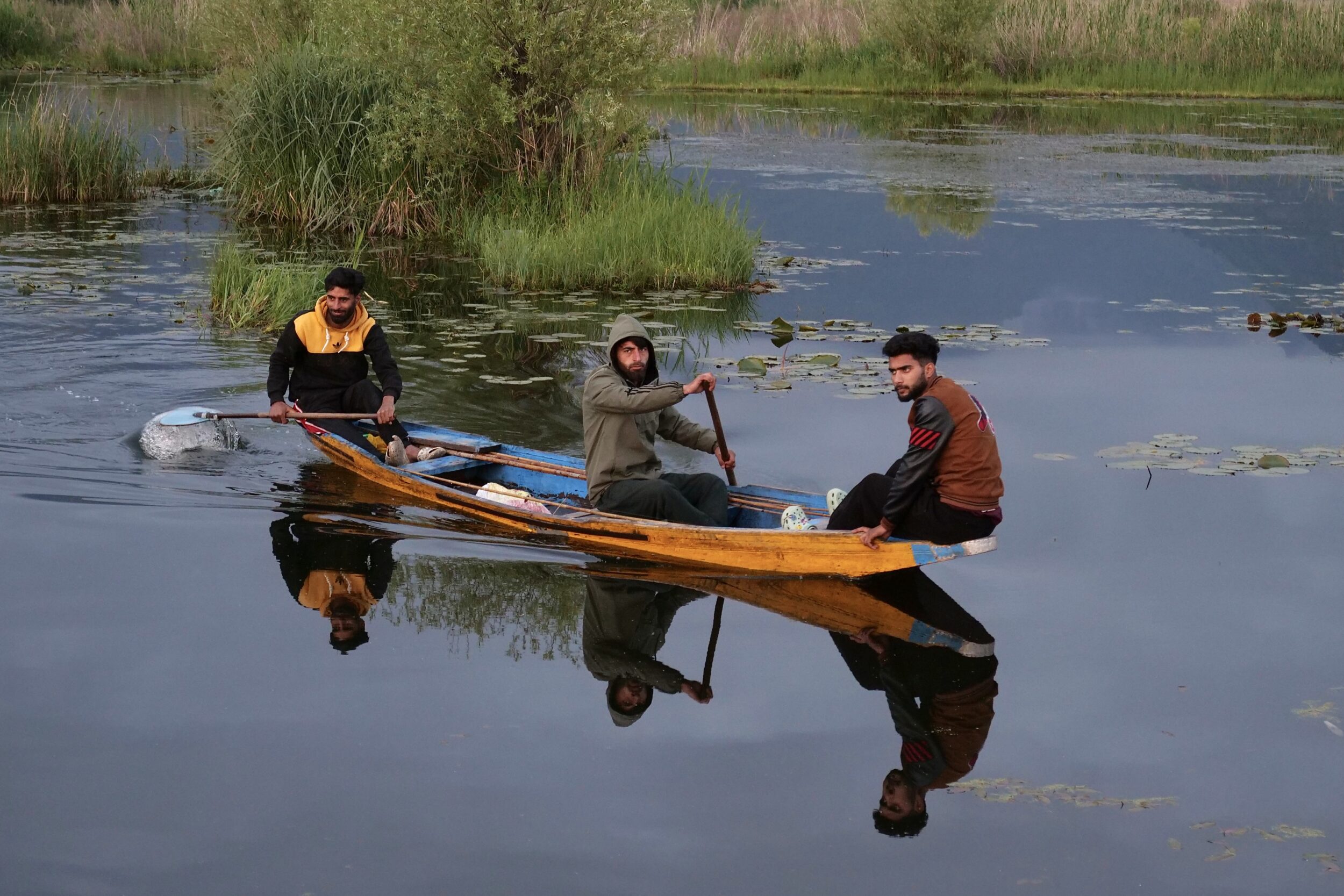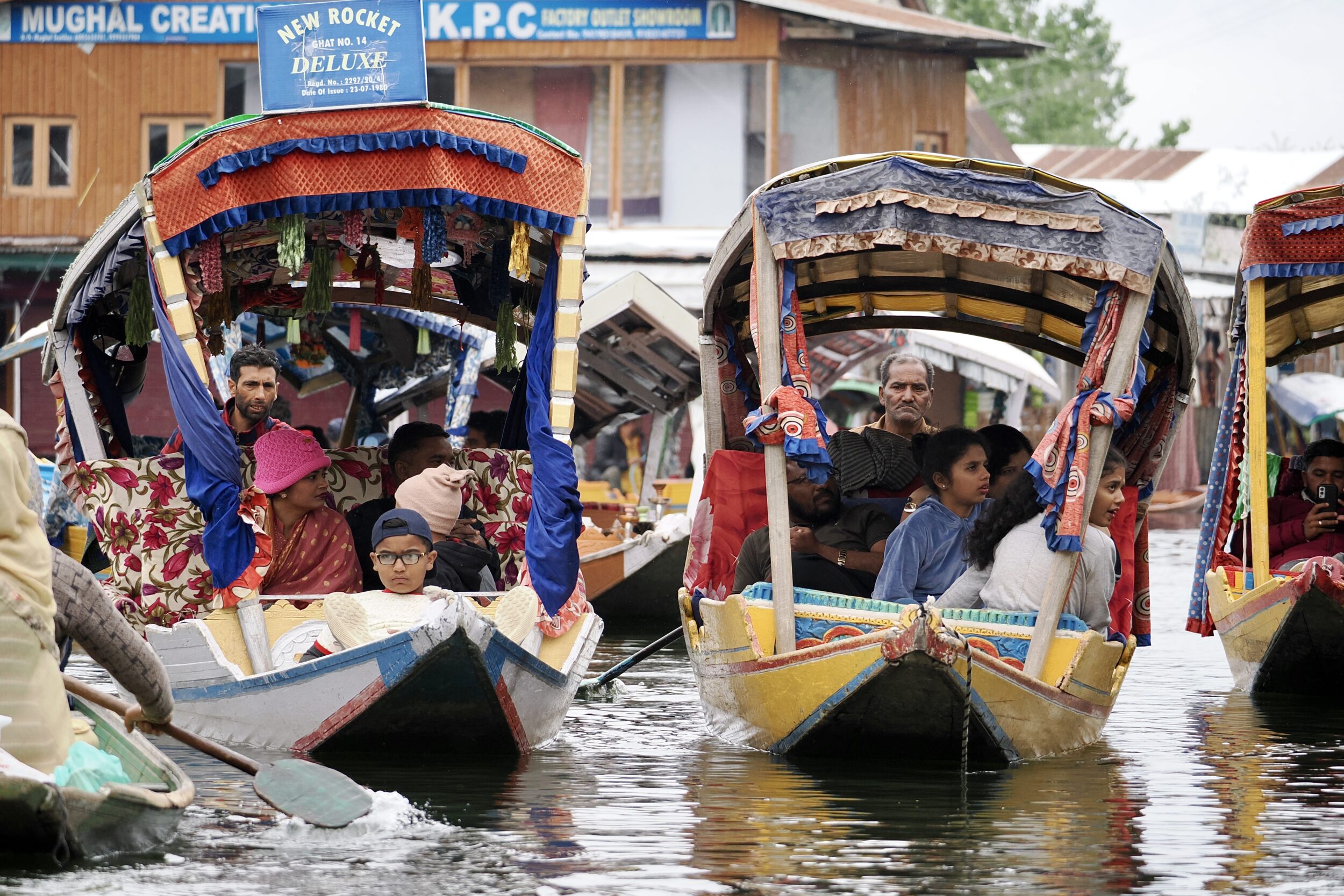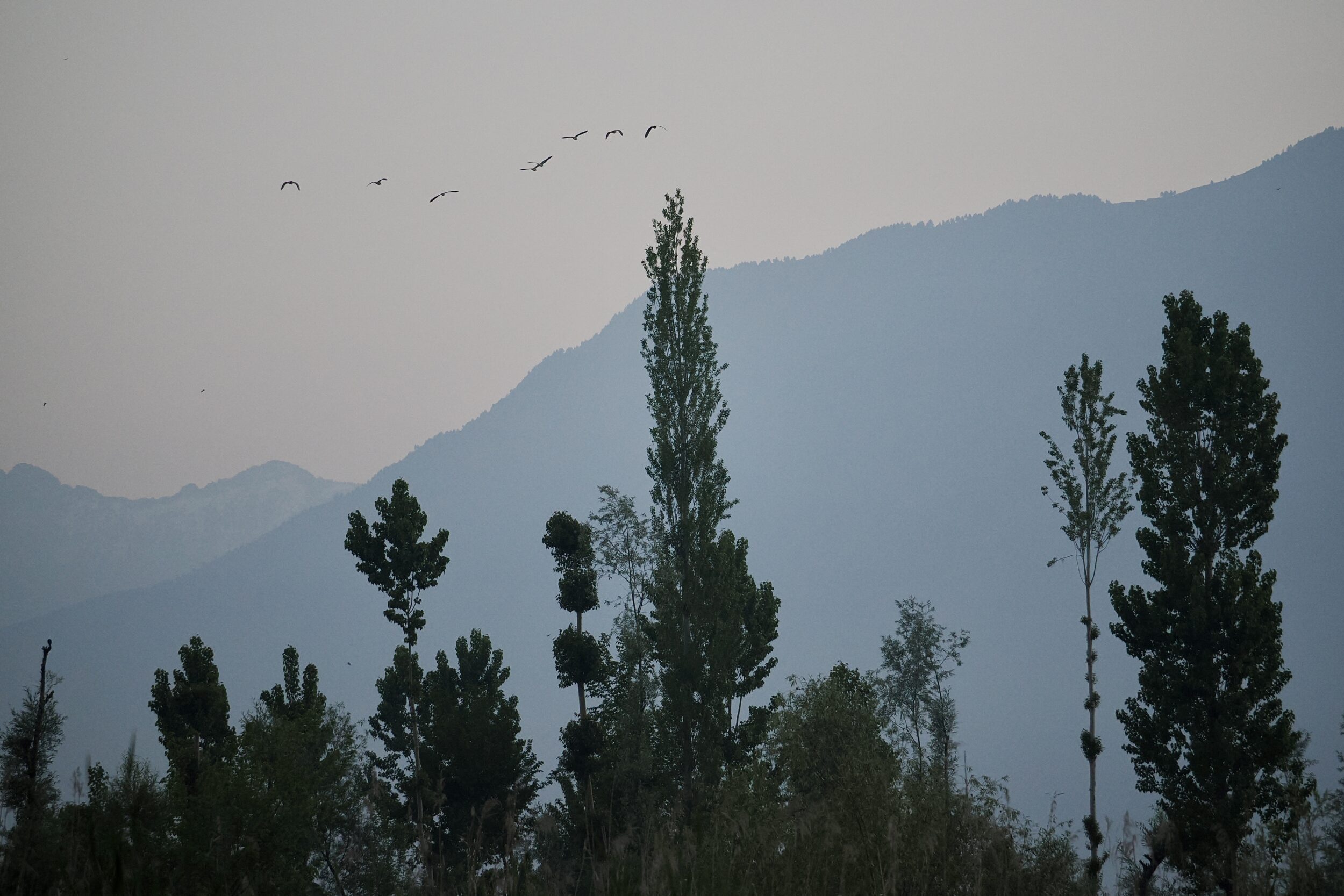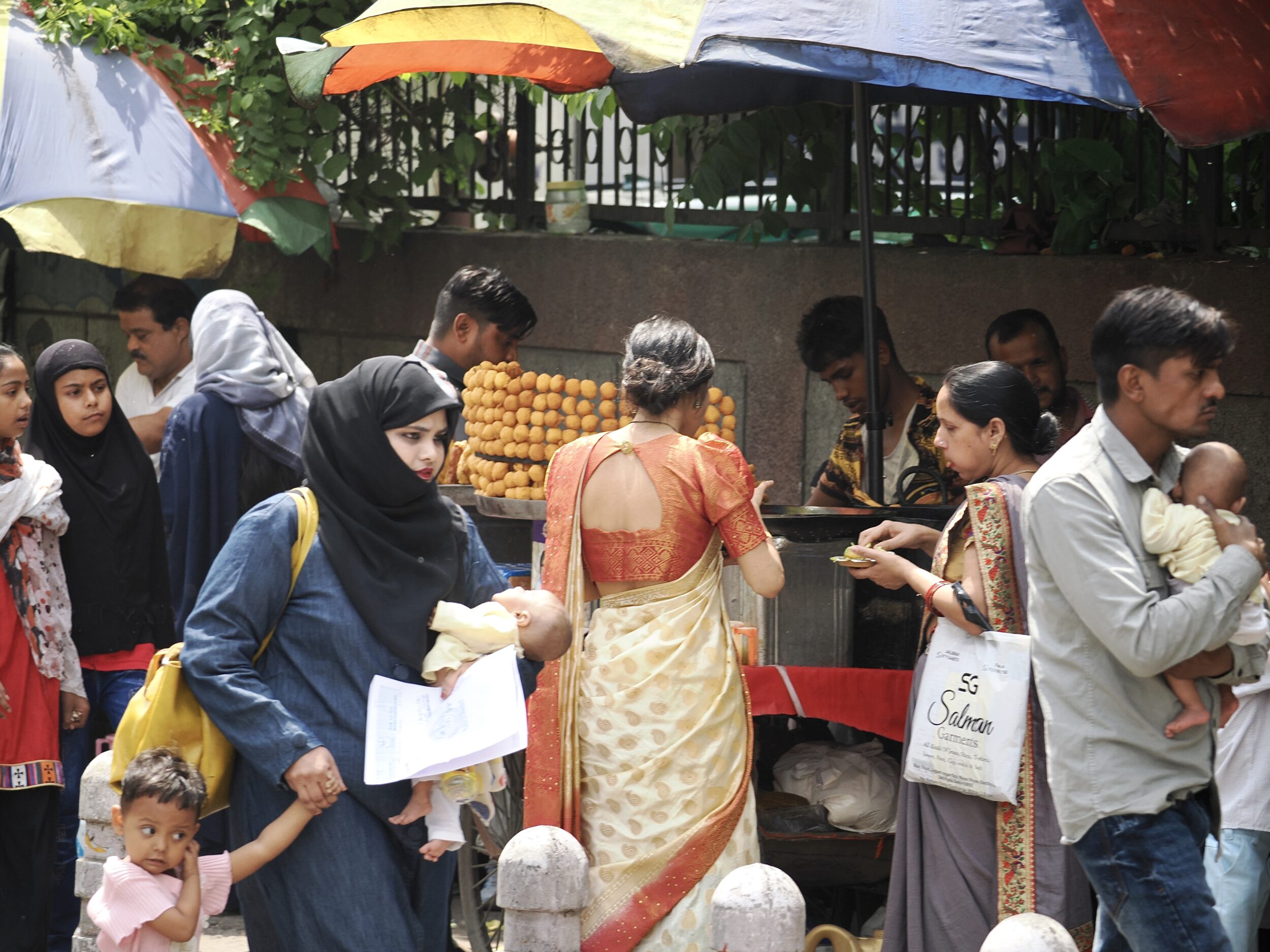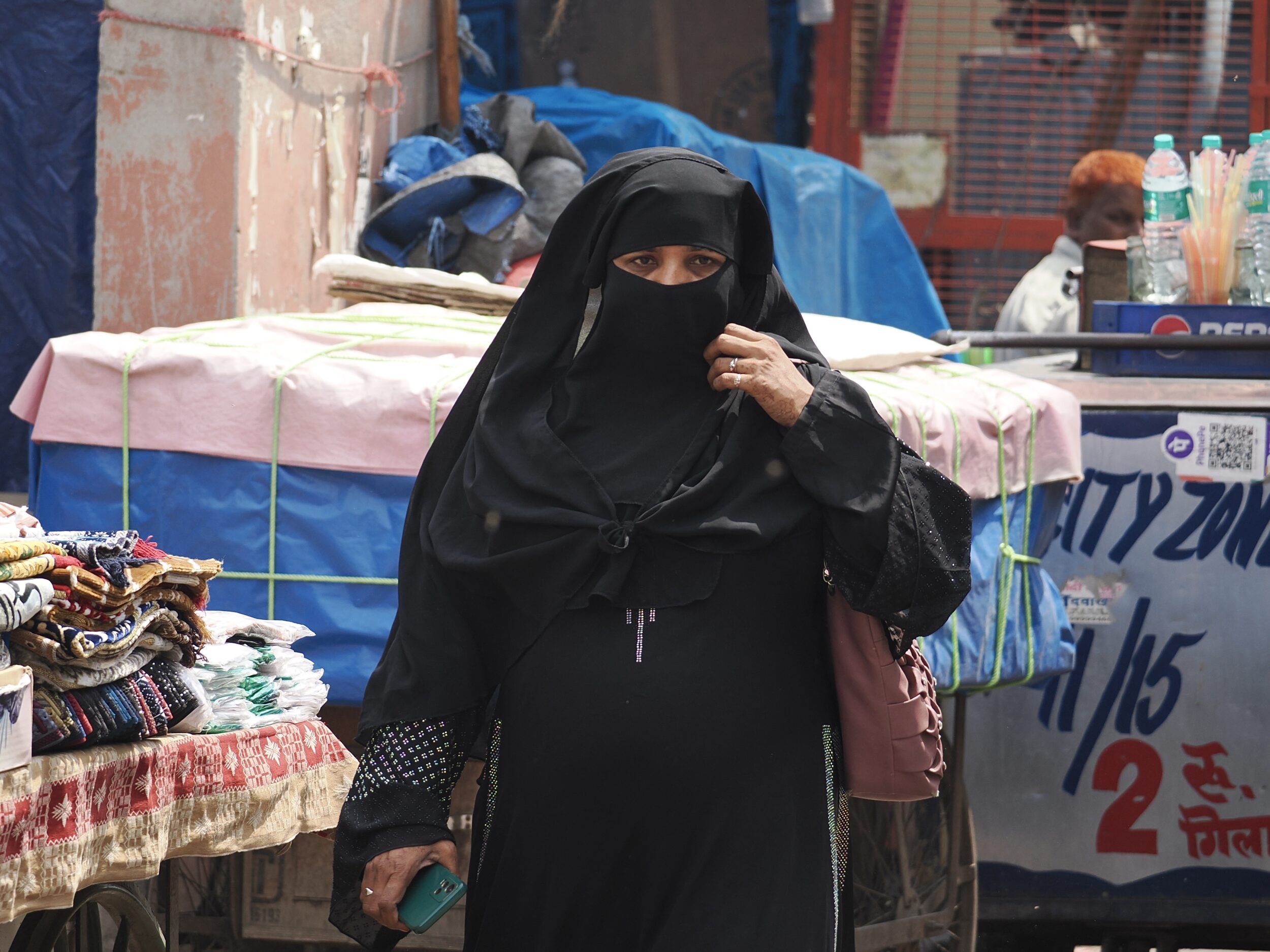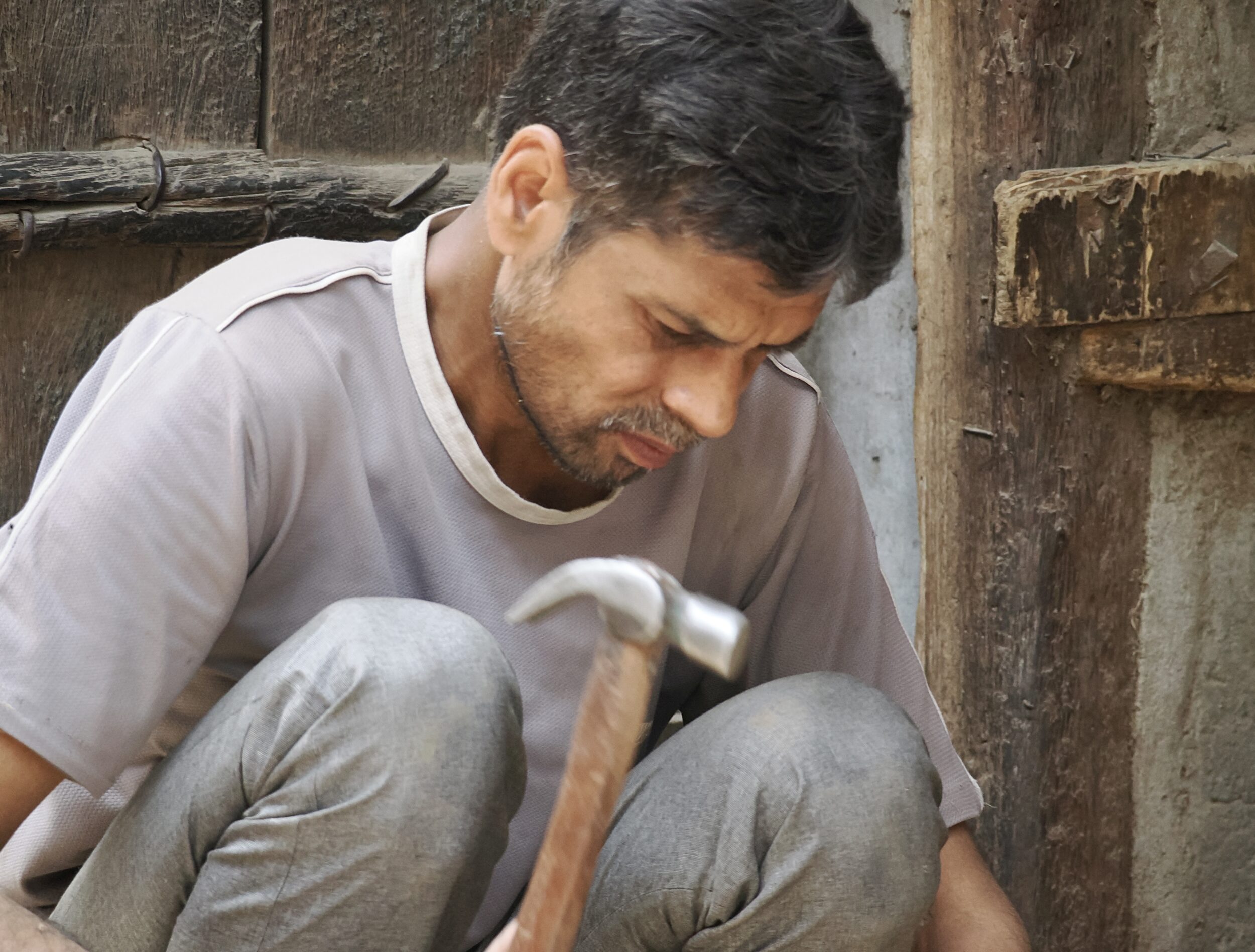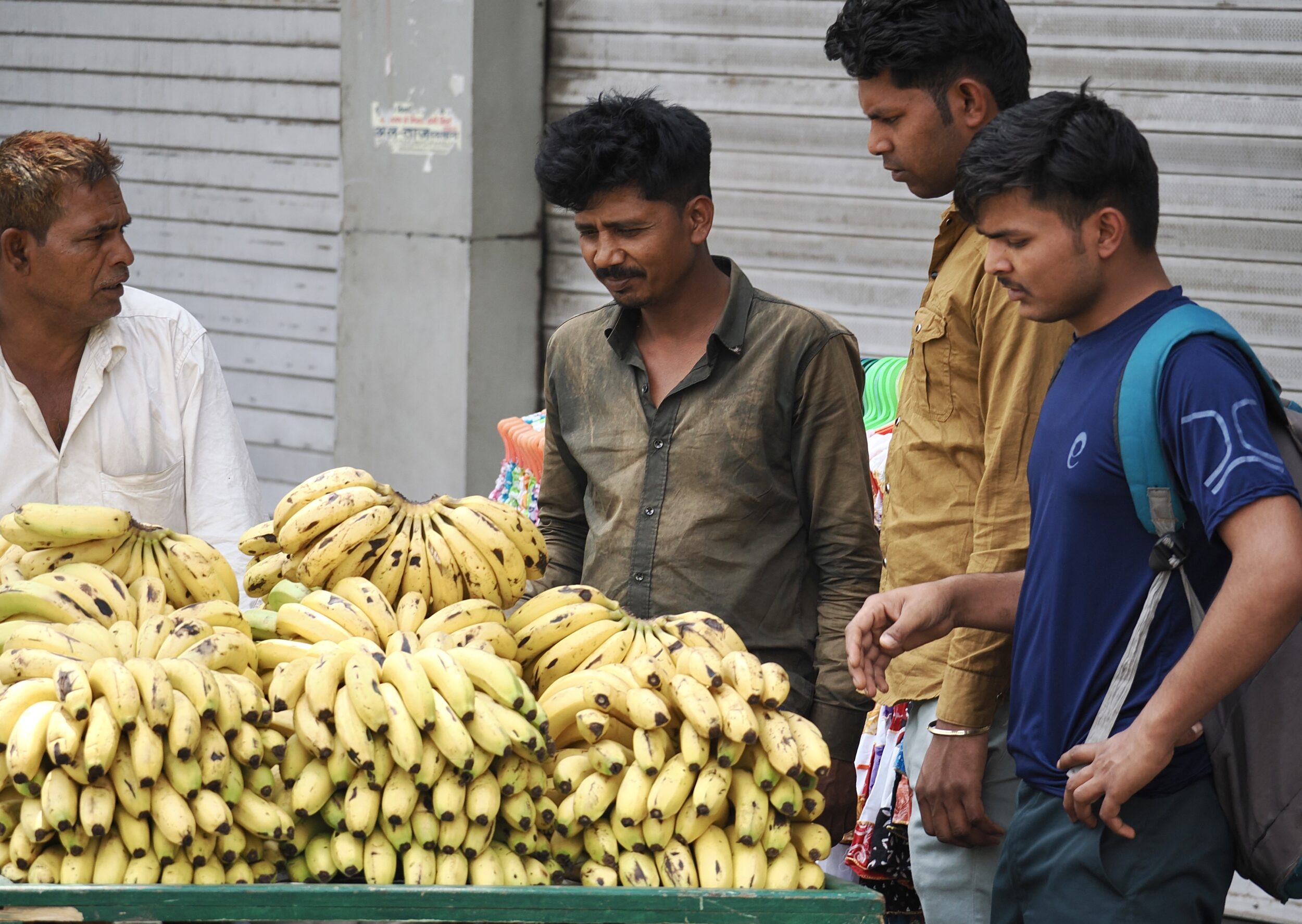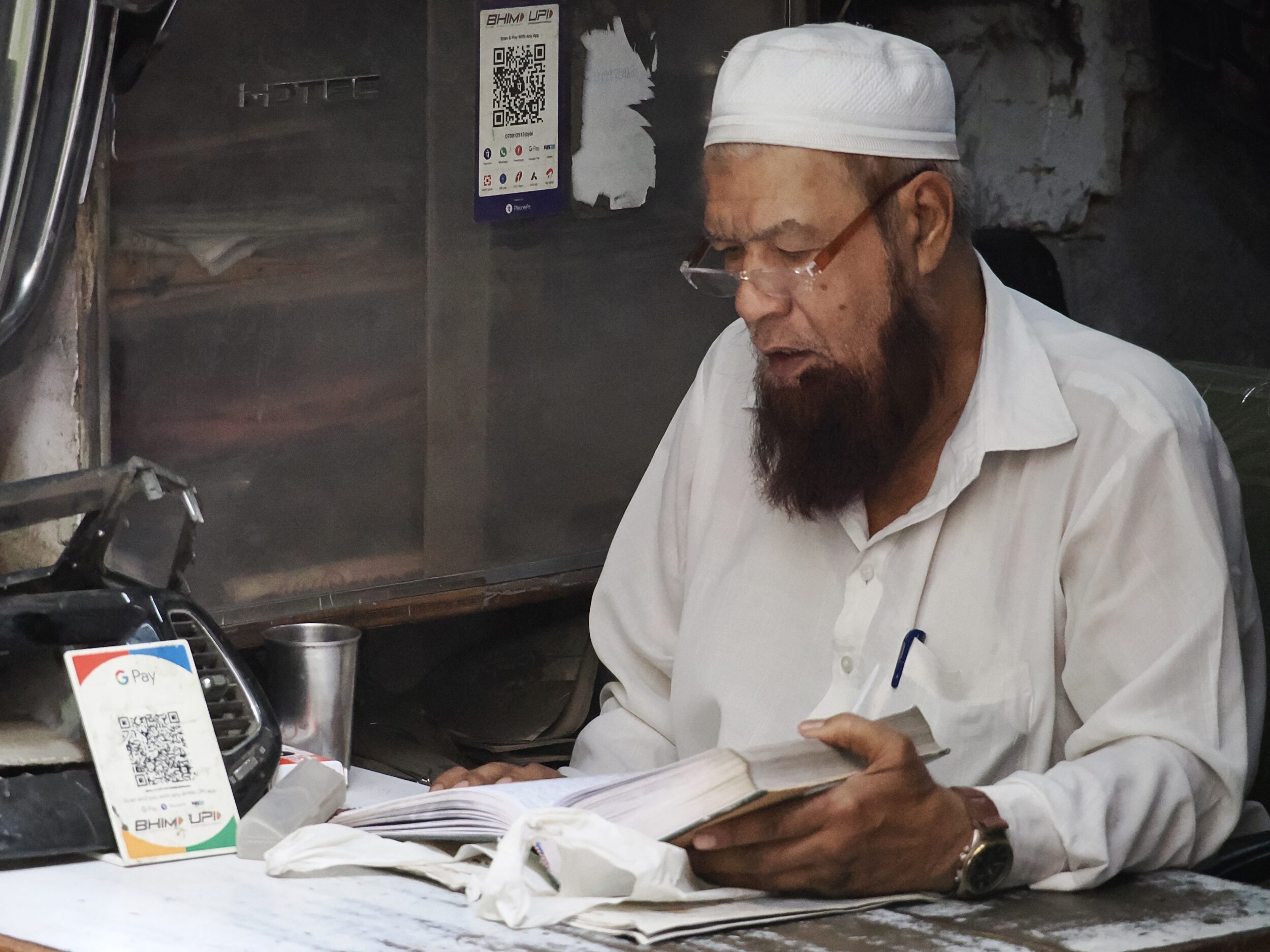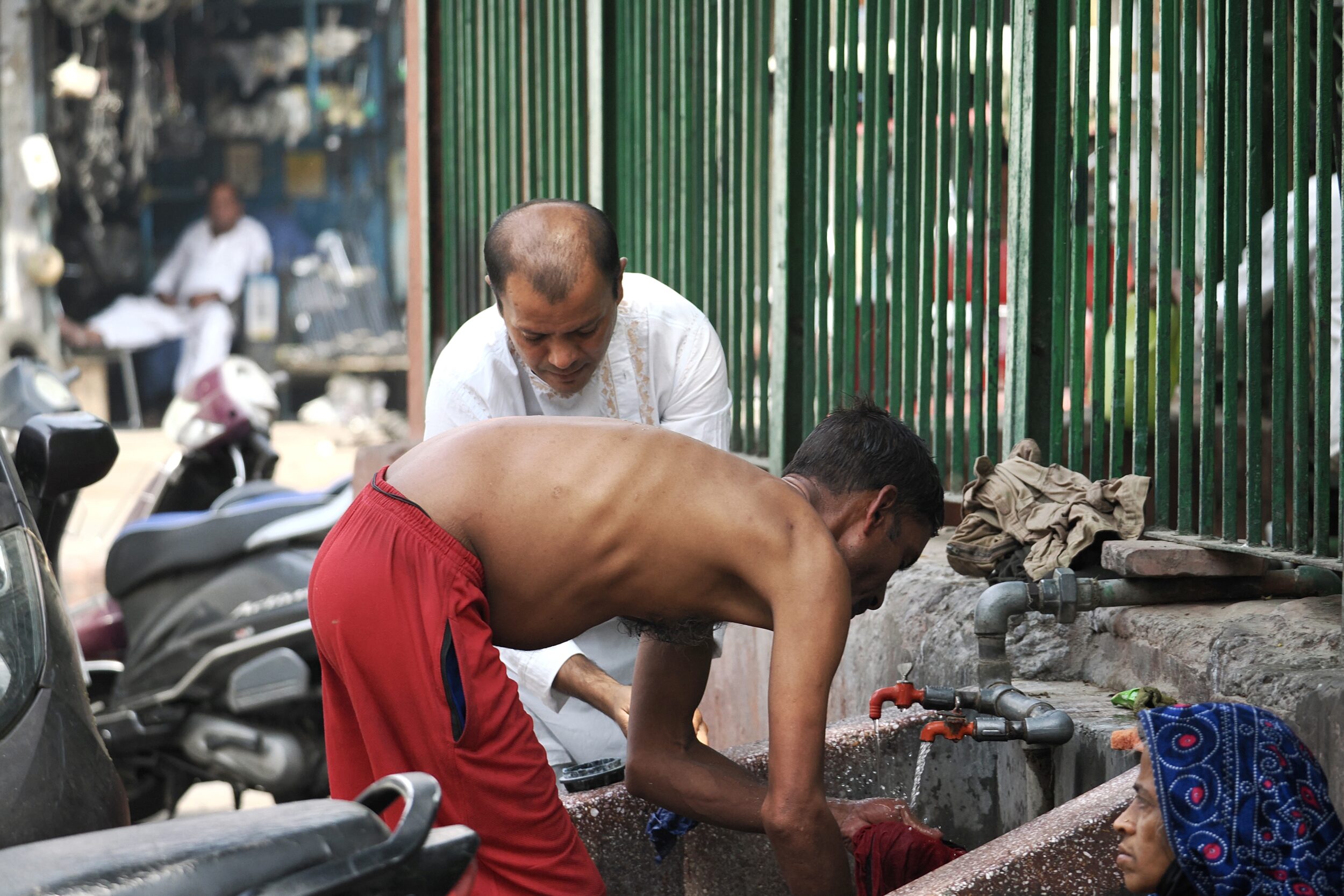This post’s pictured persons are not directly engaged in Dal Lake’s now-dominant industry: tourism.
They are members of the circa ten thousand indigenous half-amphibious families who row Shikaras on the lake, clean it, cultivate vegetables and fish in the lake for their livelihood.
(The above-mentioned are not Dal Lake’s only human residents; the total current number is circa seventy thousand. Then there are the tourists who stay on its more than nine hundred houseboats, almost all of which expel untreated waste. And don’t forget that only circa half of the human waste from the other 1.7 million residents of Srinagar – plus who knows how many tourists’ ditto – is properly “treated”. Much of that also ends up in Dal Lake)
Most watercraft on Dal Lake are Shikaras – distinctive, locally-made wooden boats.
Shikaras owned by those who transport tourists, or sell things to them, are colourful, usually elaborately decorated, and “comfortable”; they often have a name which includes the word “deluxe”.
The “non-touristy” Shikaras are unnamed, smaller, plain; their occupants are fully exposed to sun, rain and snow.
Comments closed